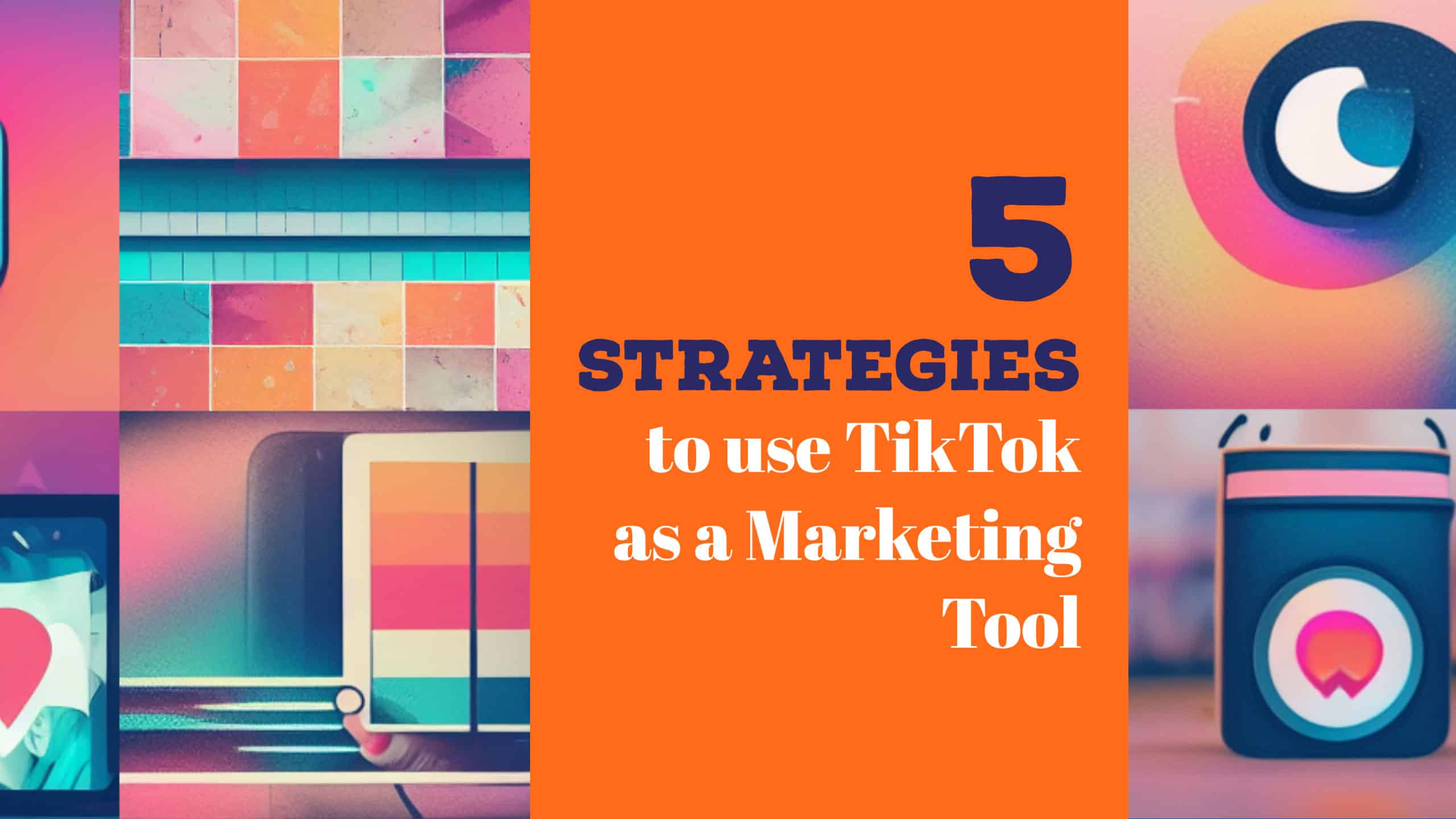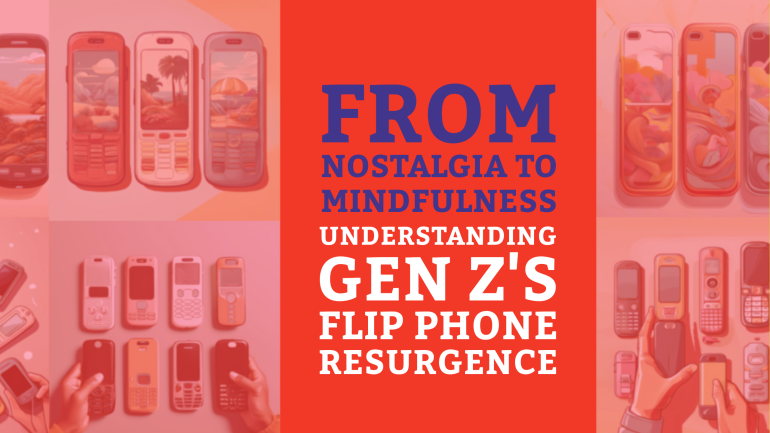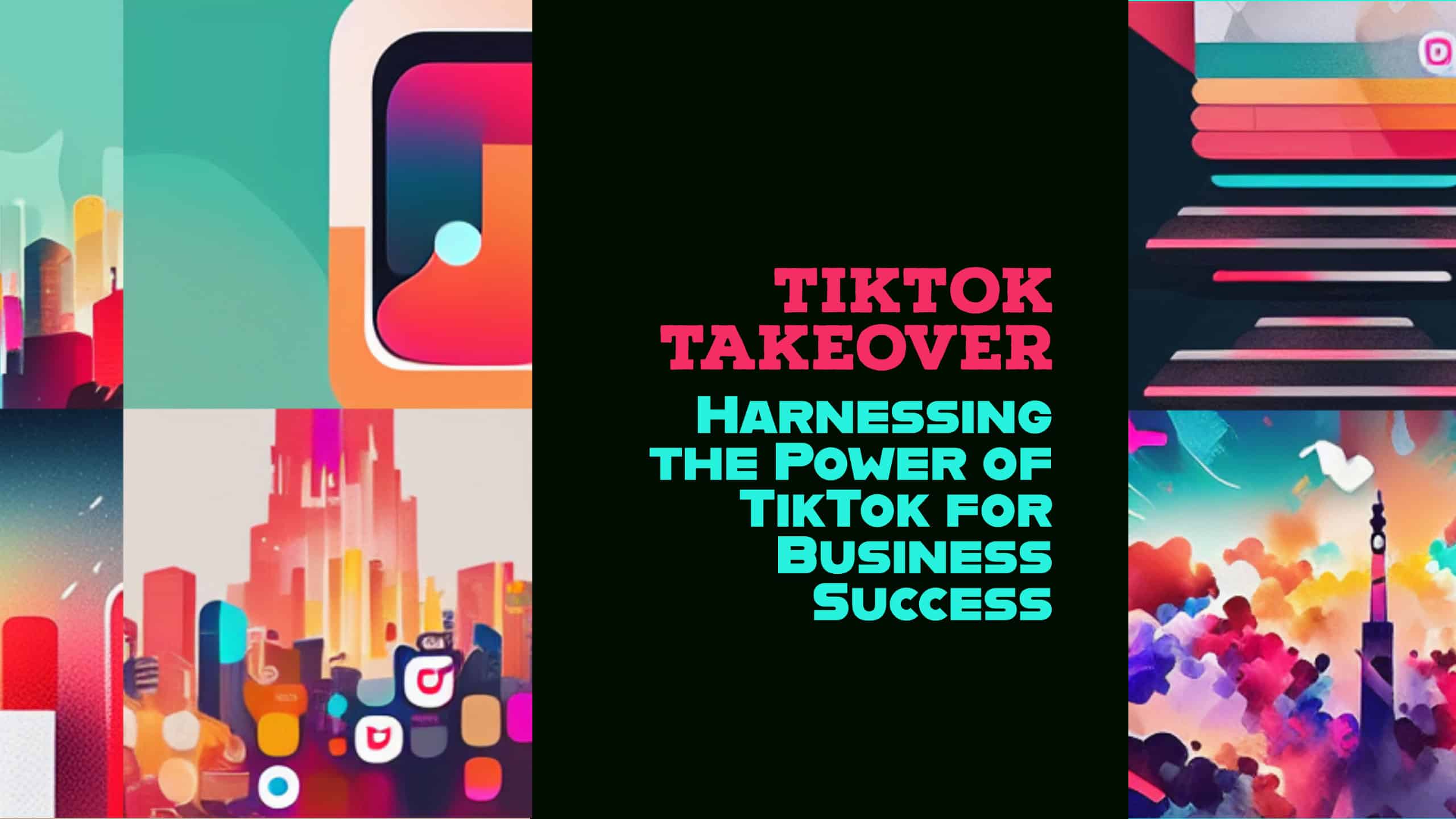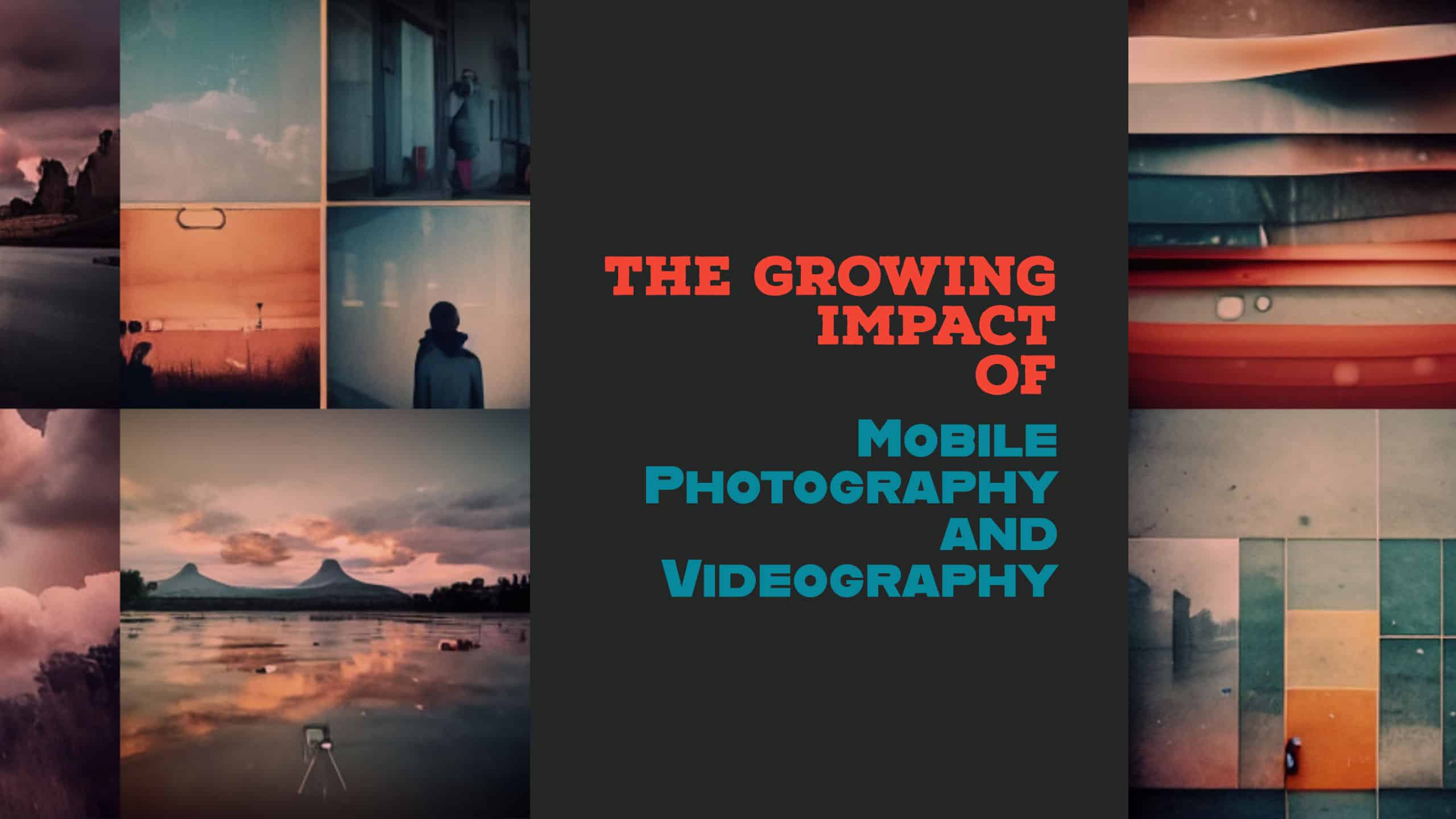Table of Contents
You may also interested:
TikTok is a video sharing cum social media app that has become very popular these days. According to DemandSage, there are one billion active users across 154 countries that are using TikTok in 2022.
Types of Content Posted on TikTok
TikTok is primarily a video sharing app, so all of the content are in the form of video, either live or pre-recorded. TikTok recently released a photo sharing function, but those photos or other still images will be presented as videos to users of the platform. Some users will post personal content, such as the “classic” TikTok dances, their selfies with filters on, or just their own personal opinions on matters.
Other users, called content creators, will post thematic content, that is to say, content that covers only one or a small range of topics. Some users will post content on fitness, while others will post content on gastronomic delicacies, science or graphic design.
Brands and businesses will post content that is related to the products that they sell. This will be composed of organic content and content for paid promotions. Organic content is content that is intended to build brand depth and expertise. For this purpose, brands and businesses will post content that is either informative, entertaining or inspirational, or a mixture of these. When audiences watch this content, they will become aware of the expertise that the brand has in the products they sell, and consequently consider the brand for future purchases. Content for paid promotion is often laid out differently. Brands and businesses will create videos with sales conversions in mind. These videos will be scripted in such a way that it creates curiosity about the product (called as the “loop”), shows an understanding of the audiences pain points or desired gains (called as the “hook”), tells the audience exactly what should be done to satisfy this curiosity (called as “Call to Action”) and speeds up audience action by suggesting some form of scarcity in the product or urgency for action to be taken.
How TikTok Works
TikTok’s main user interface is the “For You Page”. This is where audiences will get pushed videos that are of interest to them. These interests would be gleaned from what audiences have been watching more of, and recently. So for example, if a user has been watching comedy videos, which use the word “comedy” or “funny” or “skit” in the description text or in hashtags, TikTok will push other videos that contain those words to that user. The user is at liberty to watch the video, like it, share it, add it to their Favourites, or skip it if they don’t find it to their liking.
Secondarily, audiences can also just watch videos from accounts that they are following from the “Following” tab that is adjacent to the “For You Page”.
They can also use the search bar to search for topics they are interested in such as trending topics such as what they heard of in the news or more evergreen topics such as how to cook certain dishes or how to repair certain items.
Users can also directly access the accounts that they are following to see the latest videos posted by that account. These accounts can be normal user accounts who post on personal content, accounts of content creators who post on thematic content, or accounts of brands and businesses that they follow.
How to use TikTok as a Marketing Tool
As a brand or business, it is important that you learn how to use TikTok as a marketing tool. Here are some strategies that you can consider.
Strategy 1: Create organic content
Creating organic content will boost the audience’s perception of your brand expertise and depth of knowledge in the product that you are selling. Audiences do not want to see hard sells or sales pitches in organic content. They are already inundated with businesses trying to sell them something. What they want to see is content that is useful, entertaining or inspirational. You may even wish to mix and match these three kinds of content together if you wish. Useful content is content that teaches the audience something and it demonstrates how well you know your product. If you sell leather, for example, you may wish to create content that teaches how to condition leather products, be it yours or any other leather product. Entertaining content shows the human side of your brand. Audiences will be more keen to support a brand that portrays a personality that is similar to theirs. If you sell leather, for example, and your products are intended for outdoor use, you may wish to create an entertaining video that shows how you use your product in various outdoor situations. Inspirational content is content that motivates your audience in their life. This can come in a variety of forms. Sharing an inspirational story of the ups and downs in life works well, as does suggesting to the audience how they can discover their strengths to capitalise on them.
Strategy 2: Create video content specifically for paid promotion
Video content that is created for organic purposes work well to build your brand depth and expertise, but you also need videos that push for sales conversions. These videos will be used when you are ready to spend money to get TikTok to push out these videos through the paid marketing section of the platform. Video content that is intended for paid promotion has to be scripted and storyboarded differently from organic videos. These videos must contain the following three items:
- A loop: Your video must create some form of curiosity in the mind of your audience for your product specifically
- A hook: Your video must show an understanding of what your audience wants most out of your product. This can be a pain point (something that they have not been able to do, but will be able to do once they buy your product) or a desired gain (something that they wish to gain with the purchase of your product)
- Scarcity or urgency: Your video must motivate your audience to take action and get in touch with you. Scarcity gives the impression that your product has a limited number, while urgency gives the impression that there is limited time to take action.
Upon using the “Business Suite” on TikTok to promote these videos, you will then choose a Call to Action that will be overlaid on your video for users to take action upon.
Strategy 3: Register for a TikTok for Business Account
Registering for a TikTok for Business account converts your TikTok account into a professional account. There, you can do paid promotions, get in touch with popular influencers to sell your product, partner with experts who can scale up your business.
Strategy 4: Sell on TikTok Live
If you have physical products and sell online using Shopify, you can integrate your Shopify account with TikTok. Once your TikTok account has more than 1000 followers, you can go live to sell your products on TikTok. The Shopify integration will enable a shopping cart on your TikTok Live screen, where viewers can directly purchase your products during your live sessions through TikTok itself. Viewers do not need to exit your live session to buy your products separately.
Strategy 5: Sign up as a TikTok Merchant
Alternatively, if you do not have a website with Shopify, you may also sign up as a TikTok Merchant. The TikTok Merchant platform enables you to upload photos, manage inventory and respond to customers in terms of shipping, refunds and complaints. It is a complete e-commerce platform to manage your shop on TikTok. As a TikTok merchant, your account interface will have an additional catalogue tab. Users who visit your account page will be able to see all the products you have in store, and purchase directly through TikTok.





